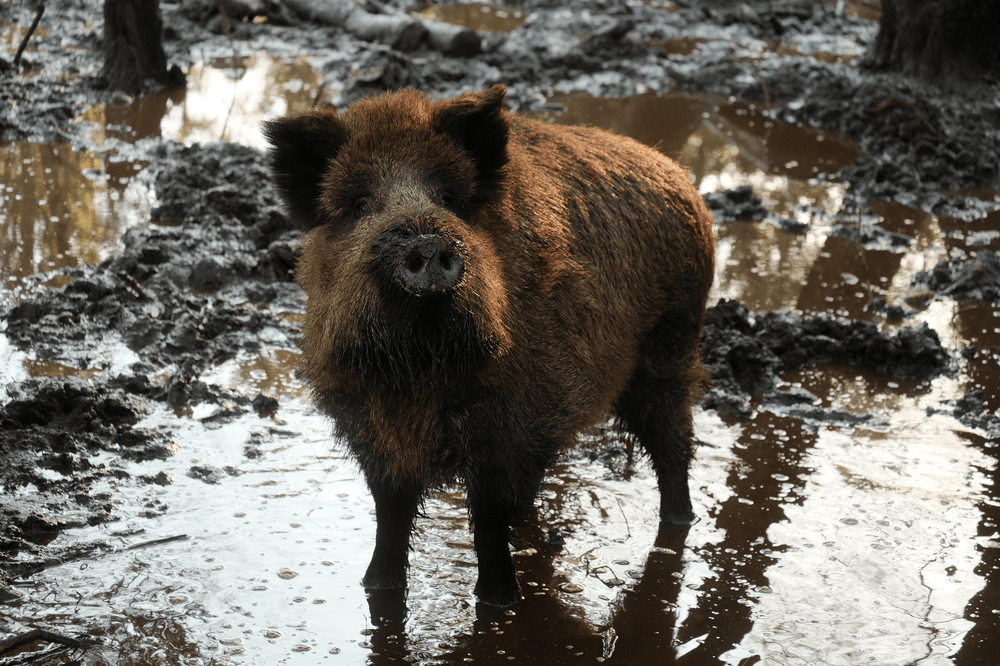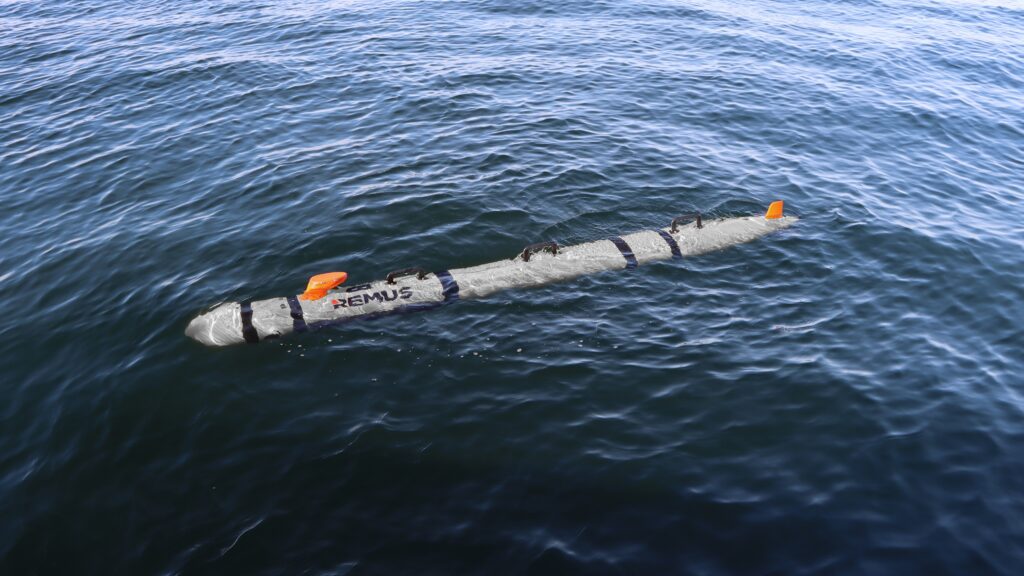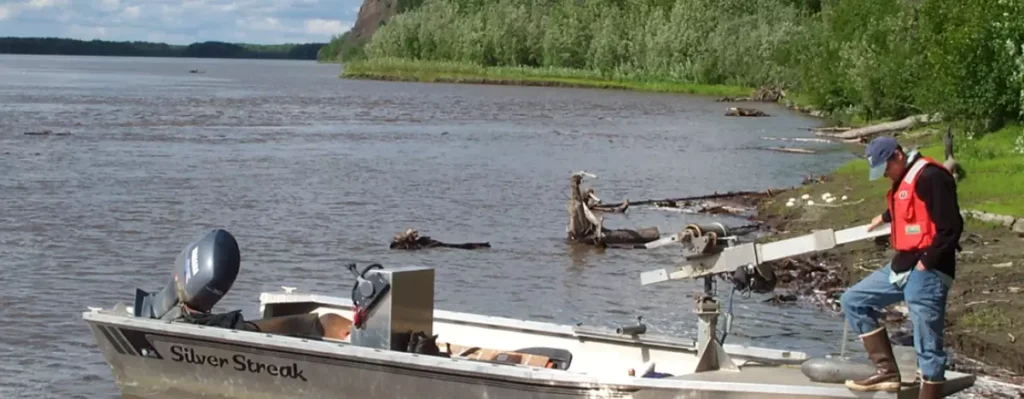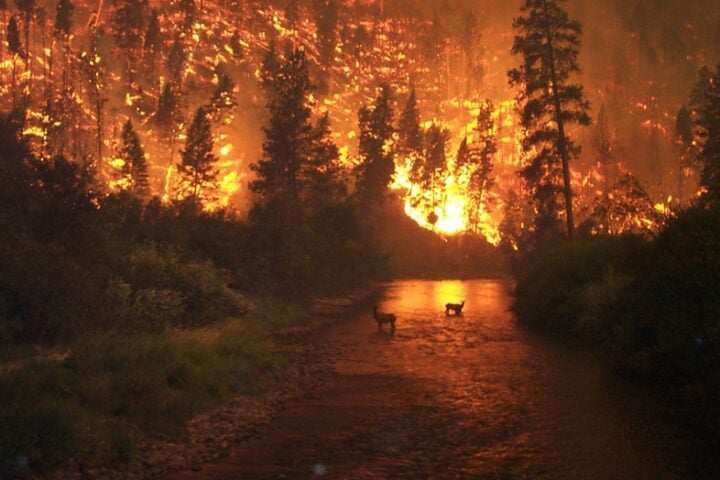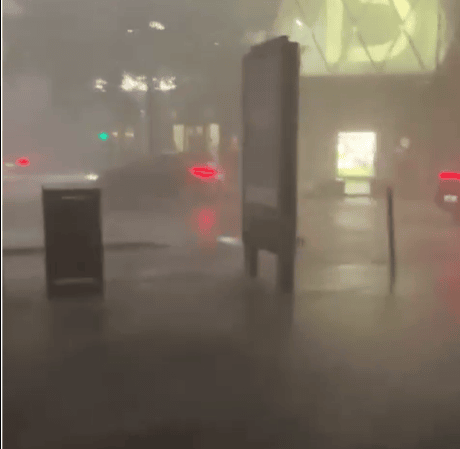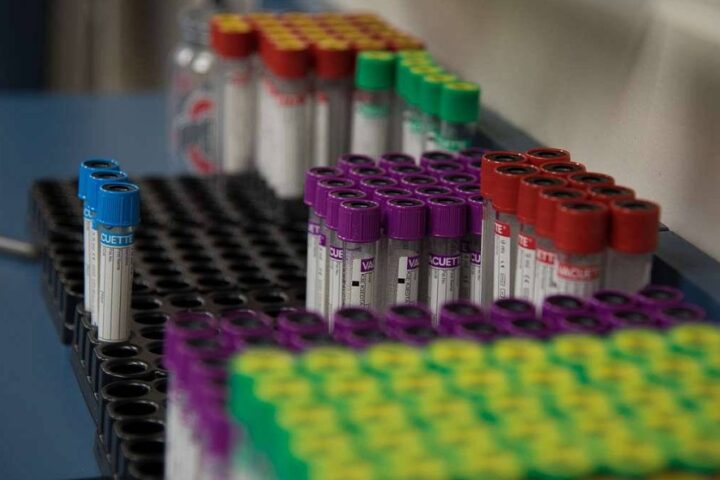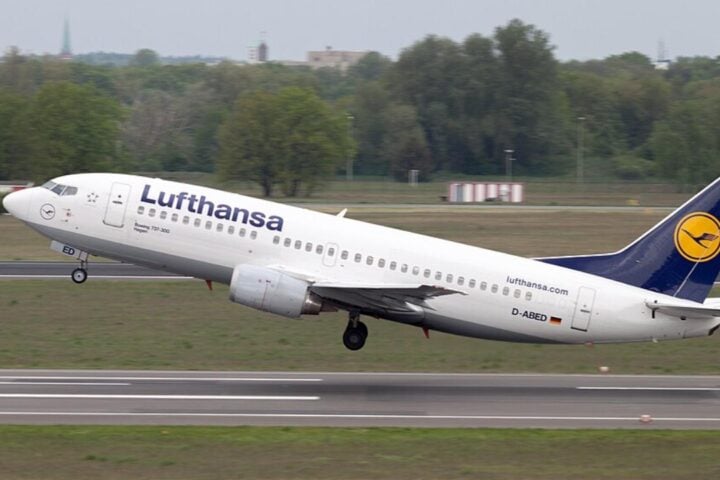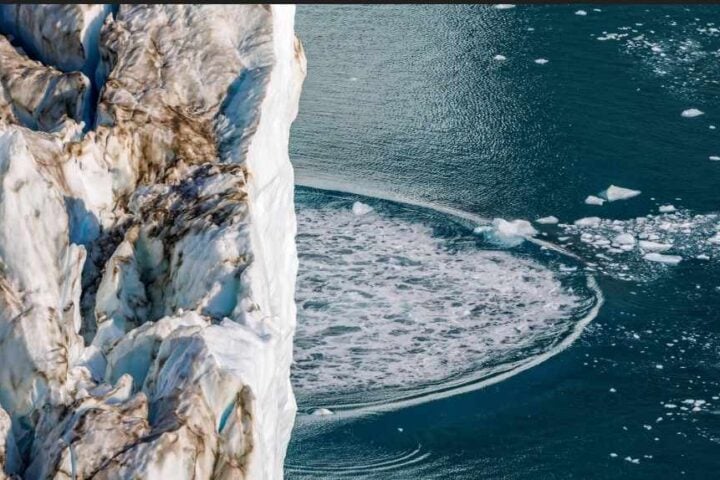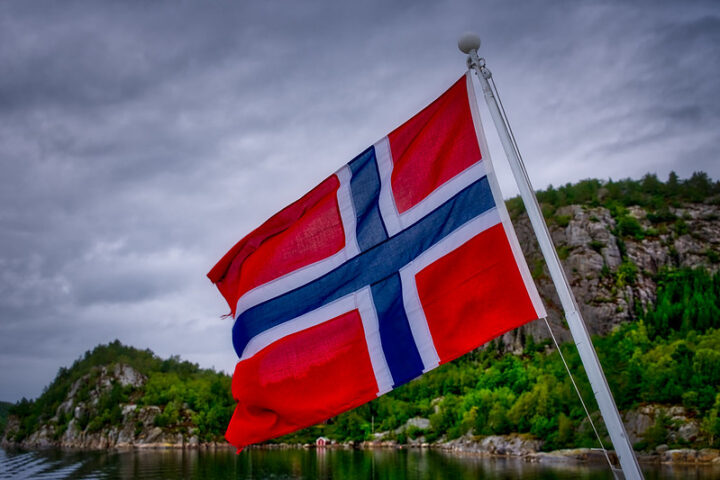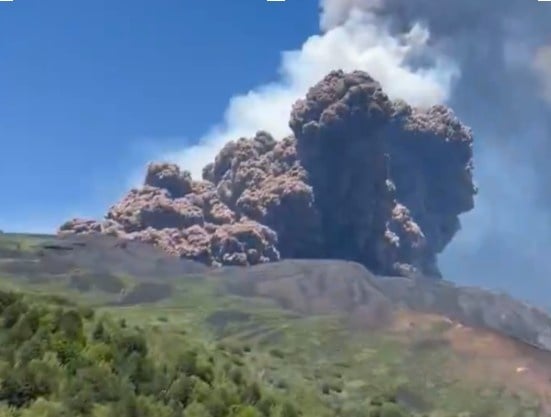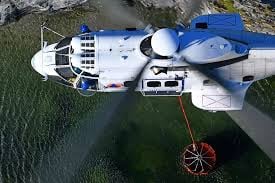The research conducted by TU Wien and Leibniz University of Hannover has finally unraveled the long-standing mystery known as the “Wild Boar Paradox.” Despite the passage of decades since the Chernobyl disaster, wild boars meat in Central Europe has remained puzzlingly radioactive, and the explanation lies in an overlooked cause: the aftermath of nuclear weapons tests from the 1960s.
The Chernobyl catastrophe in 1986 significantly impacted Central Europe’s forest ecosystems, leading to high levels of radioactive contamination in mushrooms and wild animals. While radioactivity in deer and roe deer has decreased as anticipated over the years, wild boar meat’s radioactivity levels have defied expectations, remaining high and even exceeding permissible limits in some instances. This phenomenon, dubbed the “wild boar paradox,” remained an enigma until now.
“The most crucial element for the radioactivity of the samples is cesium-137, with a half-life of about 30 years,” explains Prof. Georg Steinhauser of TU Wien. “After 30 years, half of the material has decayed all by itself.” However, the radioactivity in food typically declines much faster due to various environmental factors. But in wild boars, the radioactivity levels have been almost constant, decreasing much slower than what the natural radioactive decay of cesium alone would suggest.
To solve this puzzle, Prof. Georg Steinhauser and his team embarked on a mission to identify not just the quantity but also the origin of the radioactivity. “Different sources of radioactive isotopes have different physical fingerprints,” Dr. Bin Feng from the Leibniz University of Hannover adds. For instance, the ratio between cesium-137 and cesium-135, the latter having a much longer half-life, can reveal the source of the radioactive material.
Similar Posts
The team’s findings were astonishing. While approximately 90% of the cesium-137 in Central Europe comes from Chernobyl, the proportion in wild boar meat is significantly lower. Instead, a large part of the cesium in these animals can be traced back to nuclear weapons testing from the 1960s, accounting for up to 68% in some samples.
The key to this high radioactivity lies in the wild boars’ unique dietary preferences. They often dig up and consume underground mushrooms known as deer truffles, which have a delayed accumulation of radioactive cesium. “The cesium migrates downwards through the soil very slowly, sometimes only about one millimeter per year,” Prof. Steinhauser notes. These truffles, found at depths of 20-40 centimeters, are now absorbing cesium released during the Chernobyl disaster. Conversely, the cesium from older nuclear weapons tests arrived there much earlier.
This discovery highlights the intricate interplay of various factors: the gradual migration of cesium through the soil, the different “cesium fronts” from various nuclear events, and the natural decay of the material. “If you add up all these effects, it can explain why the radioactivity of deer truffles – and subsequently of wild boars – remains relatively constant over the years,” Prof. Steinhauser concludes.
Therefore, the contamination in wild boar meat is unlikely to decrease significantly in the upcoming years. “Our work shows how complicated the interrelationships in natural ecosystems can be,” Prof. Steinhauser reflects, “but also that the answers to such riddles can be found if your measurements are sufficiently accurate.”
